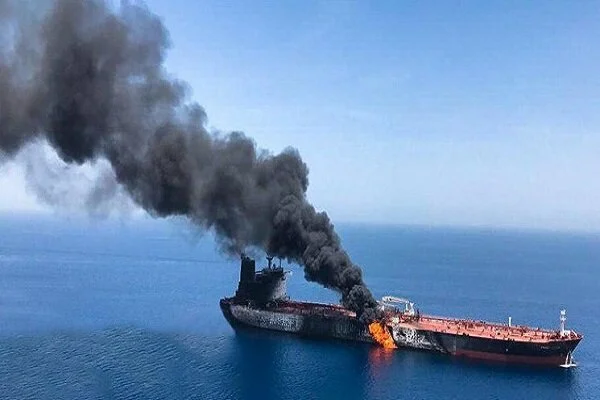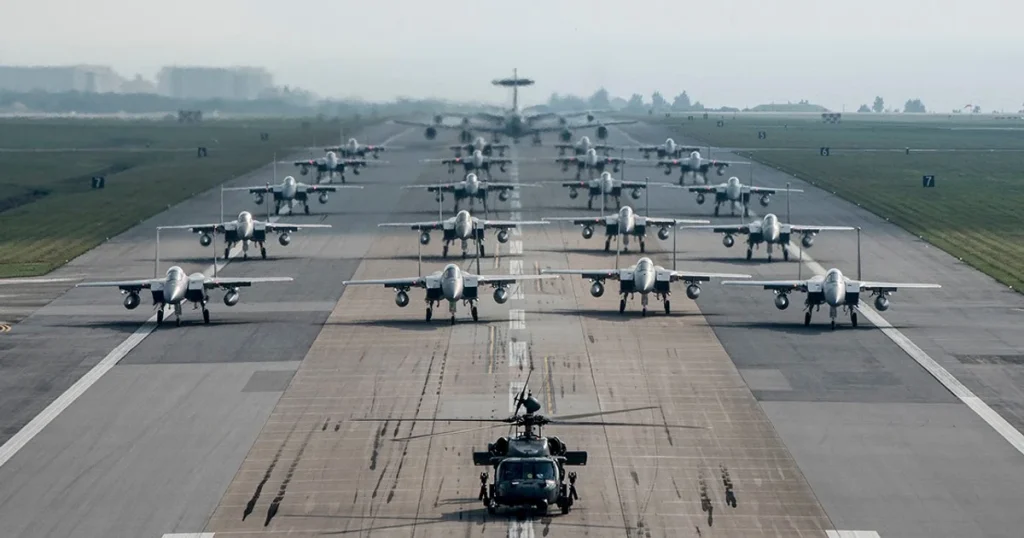Crude oil prices surged on Monday following former U.S. President Donald Trump’s threats to impose tariffs ranging from 25% to 50% on Russia’s oil exports. The political tension further escalated as Trump hinted at military action against Iran, citing concerns over its nuclear program. However, while geopolitical risks support higher oil prices, looming economic uncertainties could limit gains in the long term.
Geopolitical Tensions Drive Crude Oil Prices Up
Crude oil prices opened higher during Monday’s Asian trading session, spurred by Trump’s threats targeting Russia’s oil industry. The West Texas Intermediate (WTI) and Brent crude futures both climbed by 0.6% at the market open. However, as broader economic concerns took center stage, prices retreated slightly, reflecting investor caution ahead of key tariff decisions set to take effect later in the week.
Tensions between the U.S. and oil-producing nations have been brewing. Trump’s warnings over the weekend reinforced fears of disruptions in global oil supply chains, a major factor driving recent price movements. The former president emphasized that if he holds Russia accountable for ongoing conflicts, a 25% tariff on Russian oil would be imposed, potentially rising to 50%. He further warned that any country purchasing Russian crude could face restrictions on doing business in the United States.
OPEC+ Meeting Looms Amid Uncertainty in Crude Oil Prices
As Trump’s proposed tariffs generate uncertainty in global oil markets, all eyes turn to the upcoming OPEC+ meeting scheduled for April 5. The Organization of the Petroleum Exporting Countries (OPEC) and its allies are set to discuss production strategies, with analysts predicting a gradual increase in output.
Despite an earlier commitment to unwind voluntary production cuts of 2.2 million barrels per day starting in April, the geopolitical developments may influence OPEC+ decisions. Russia, Iran, and Venezuela—key OPEC+ members—now face potential supply limitations due to the looming U.S. tariffs. According to Reuters, the group is expected to approve a slight production increase of 135,000 barrels per day in May. However, overall compliance with previous output reduction targets remains uncertain, with some members required to cut 4.2 million barrels per day to offset overproduction.
While the market anticipates an increase in supply, the actual impact remains unclear, especially if political disruptions tighten global output further.
DON’T MISS THIS: Crypto Market Sheds $130 Billion as Trump’s Tariff Plans Take Effect
Economic Uncertainty and Recession Fears Threaten Oil Demand
Despite the surge in crude oil prices driven by geopolitical events, economic headwinds pose a counterbalancing risk. Investors remain cautious as Trump’s proposed tariffs could exacerbate inflation and weaken global economic growth. The threat of stagnation or recession looms, with concerns that higher energy costs might strain consumer and business activity.
On Monday, global equity markets responded negatively, reflecting heightened uncertainty. Investors sought refuge in safe-haven assets, pushing gold prices to record highs during Asian trading hours. Additionally, the Japanese yen strengthened, underscoring investor skepticism about the stability of oil markets amid economic turbulence.
The Road Ahead for Crude Oil Prices
As crude oil prices react to escalating geopolitical tensions, market participants remain divided on the long-term outlook. The interplay between supply-side risks—driven by Trump’s aggressive stance on Russia and Iran—and demand-side fears linked to economic slowdowns will determine price direction in the coming weeks.
With the OPEC+ meeting on the horizon and U.S. tariff decisions set to unfold, investors will closely monitor policy shifts that could reshape global oil dynamics. Whether crude oil prices continue their upward trajectory or experience a correction will largely depend on how these complex factors unfold.
For now, oil markets remain on edge, with traders bracing for further volatility in the days ahead.























